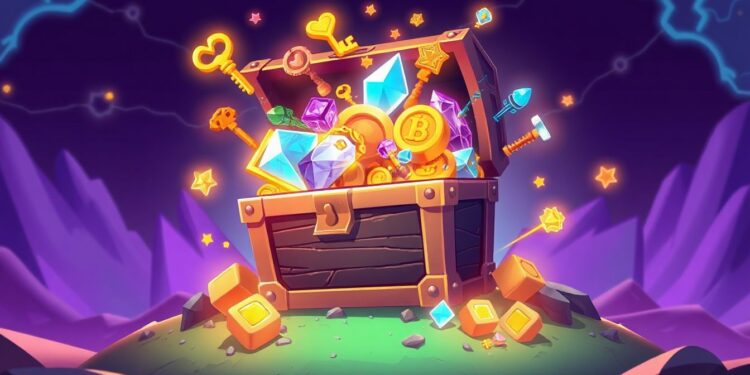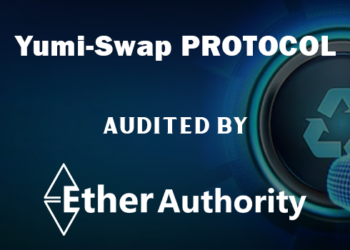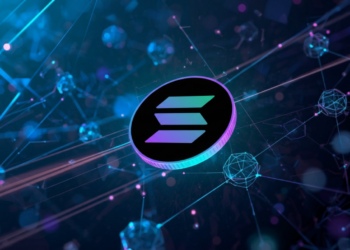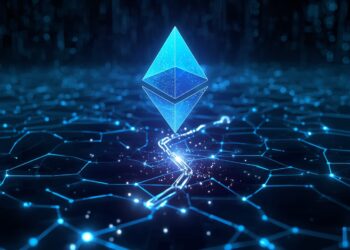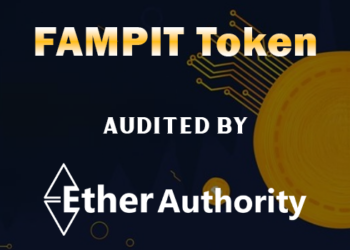If you’ve opened crypto Twitter lately, you’ve probably seen a curious mix: plain text NFTs, strategy maps, AI-driven NPCs, and players bragging about conquering “Realms.” That mashup traces back to Loot (for Adventurers)—a 2021 experiment that intentionally launched with no art, no game, and no roadmap. Just white text on black: eight lines of fantasy gear in a “bag.” Builders grabbed it, and an ecosystem appeared. In 2025, Loot is trending again because those primitives are finally paying off—as real, playable, fully on-chain games.
Below is the what, why, and how—minus the hype, plus the receipts.
A quick refresher: what is Loot, really?
Loot launched as 8,000 NFT “bags” listing randomized adventurer gear—think Divine Robe, Short Sword, Silk Hood. There was no official lore or gameplay; creator Dom Hofmann left a blank canvas for the community to build on. That bottom-up design and open ethos drew early praise (including from Vitalik Buterin) and kicked off a Cambrian explosion of derivatives and tools.
Two early moves made Loot unusually portable across games:
- More Loot (mLoot): a dynamic-supply derivative that expanded access beyond the original 8,000, enabling more participants to mint “bags.”
- Synthetic Loot: a contract that generates a virtual Loot bag for every ETH address, so any wallet can be recognized by builders—even without owning an OG bag.
That accessibility plus open building blocks is the seed of today’s resurgence.
What’s driving the 2025 surge?
1) Fully on-chain games have arrived
The standout is Realms: Eternum, a Civ-like, 4X MMO on StarkNet (Ethereum L2) with a player-driven economy, seasons, and even AI agents. Built by the BibliothecaDAO/Realms World team, Eternum moved from Season 0 in late 2024 toward a feature-rich Season 1 in 2025, drawing sustained player interest.
Alongside it is Loot Survivor, an “on-chain arcade” roguelike where every run is etched to the blockchain. Both titles explicitly lean on Loot-verse assets and lore.
2) A maturing Realms World ecosystem
Realms World (governed by BibliothecaDAO) is stitching together games, tools, and lore into a persistent on-chain world, powered by the $LORDS token. The structure—Realms NFTs + DAO + shared token + StarkNet infra—made the ecosystem sticky for both devs and players.
3) The “open IP” advantage
Loot’s CC0/public-domain ethos (no rights reserved) makes it trivial to remix, extend, and interoperate. That’s why projects like HyperLoot can generate portable 3D avatars or build games that slot into the Lootverse without legal friction. The Verge’s deep-dive captured this openness early, and it’s aging well as more studios choose CC0 building blocks.
Why builders (and players) care
Composable primitives → faster game development
Citi Research once highlighted Loot as a textbook example of NFT composability: minimal on-chain objects that others can build on top of—art, stats, maps, even markets—without permission. That’s precisely what we’re seeing as Eternum, Loot Survivor, and tooling layers (staking, marketplaces, SDKs) stack together.
Anyone can participate (yes, even without an OG bag)
With Synthetic Loot, every wallet has a recognizable “bag.” Developers can gate or design features for OG Loot, mLoot, or Synth Loot differently, but the door is open—critical in a world where scarce collectibles shouldn’t wall off gameplay.
On-chain economies with clear roles for tokens
- AGLD (Adventure Gold): originally airdropped to Loot holders, positioned as a governance/utility token in Loot-aligned experiences.
- LORDS: Realms World’s native token, used across Eternum and ecosystem activities (staking, markets, fees), governed by BibliothecaDAO.
Tokens aren’t the point—but they grease the rails for incentives, seasons, and community funding.
The headliners: games you can actually play
- Realms: Eternum (StarkNet). Fully on-chain 4X strategy with alliances, raids, resources, and seasonal prizes. Think world-building plus war economies, now with AI agents. Newcomers get tutorials and community-made guides.
- Loot Survivor. A “play-to-die” arcade roguelike: survive, climb leaderboards, immortalize your runs on-chain. It’s lean, replayable, and taps the Lootverse item canon.
Both exemplify a broader shift from flashy, off-chain frontends to state-living-on-chain games where rules and history are verifiable—perfect for open collaboration.
Signals that the trend is real (not just nostalgia)
- Sustained dev activity: active repos, new seasons, and tooling like Dojo/Cartridge for StarkNet gaming keep shipping.
- DAO-aligned roadmaps: Realms World and BibliothecaDAO publish updates and coordinate funding around shared infrastructure—less “one studio, one game,” more protocol-like cadence.
- Broader L2 tailwinds: StarkNet’s throughput and Cairo toolchain make fully on-chain design viable for more than proofs-of-concept.
Common misconceptions (and the reality)
- “Loot is just text; there’s no game.” That was the point—a minimal primitive for others to extend. Today’s games, avatars, and markets prove the model.
- “You need expensive NFTs to play.” Not necessarily. Synthetic Loot means any wallet can be recognized, and many experiences support mLoot or Synth Loot.
- “It’s all speculation.” Spec cycles come and go, but composability and open IP are durable. The current momentum is rooted in shipping titles and growing on-chain economies, not just floor prices.
(Reality check: Loot and most derivatives are unaudited; on-chain gaming is still experimental. DYOR and manage risk.)
How to get involved (in minutes)
- Explore the ecosystem. Start at the official Loot hub and Realms World to see active games, the Atlas, and current seasons.
- Try a game. Jump into Eternum (browser-based on StarkNet) or Loot Survivor (on-chain arcade). You’ll learn the economy and item logic by doing.
- Build or mod. Use Synth Loot to design features everyone can access; pull from open SDKs and CC0 assets like HyperLoot to prototype characters and UI fast.
Pro tip for devs: Lean into composability. Treat Loot bags (OG, mLoot, Synth) as identity scaffolds, then add your game’s stat layer on-chain. That way, others can extend you later.
The bigger picture: why Loot matters now
In 2021, Loot looked like a vibe. In 2025, it looks like infrastructure—a commons of items, lore, and rules anyone can extend, backed by DAOs and L2 rails designed for permanent, shared game state. Vitalik summarized the philosophy back then: almost anything people create “exists”; what matters is how much others build on it. The recent wave of fully on-chain games shows people are building—and playing.
Whether you’re here to min-max a Realm, speedrun a roguelike, or ship a quirky mod, the door is open. Pack your (text) bag.
Join Us : Twitter | Website | GitHub | Telegram | Facebook | YouTube



